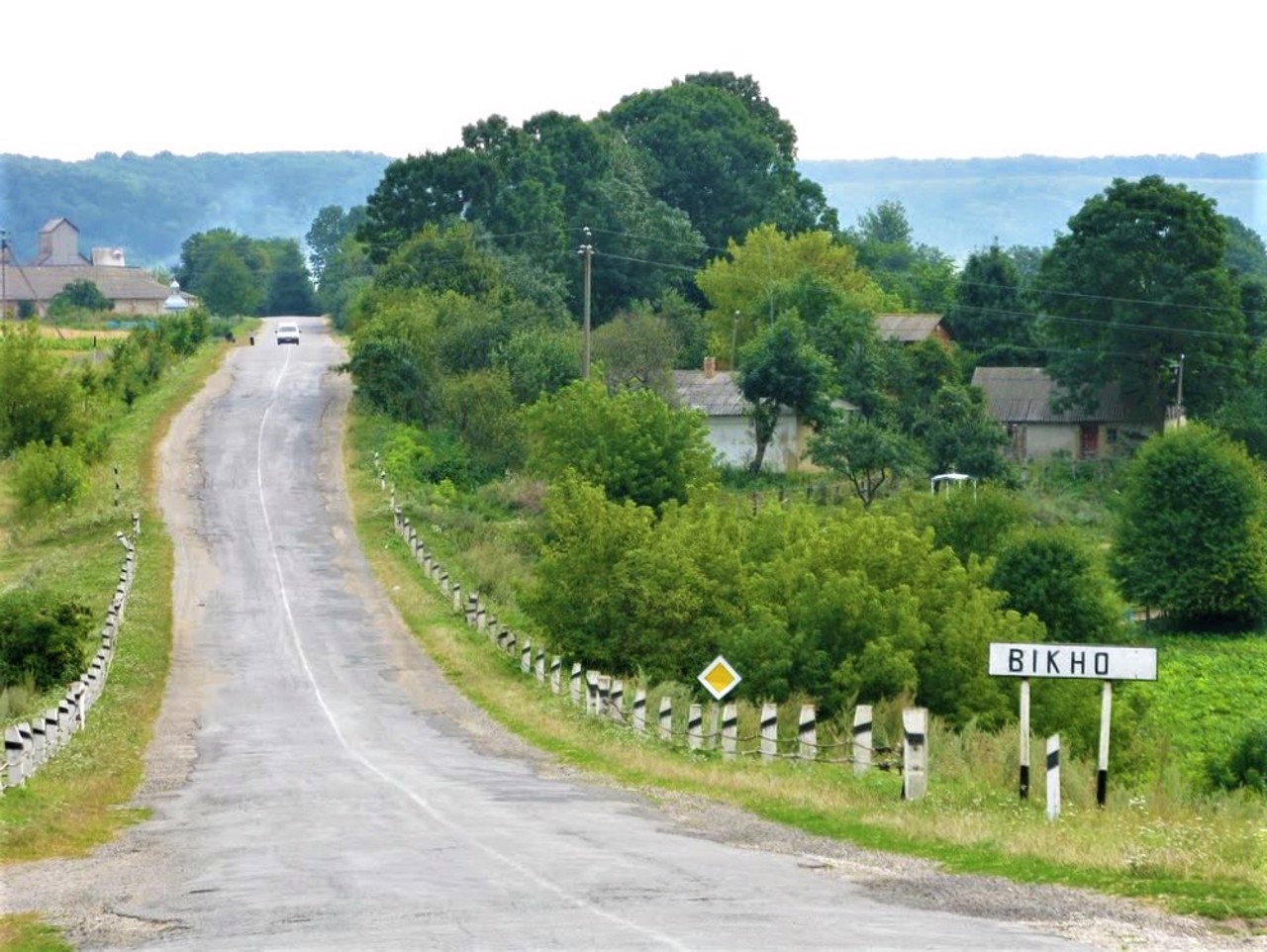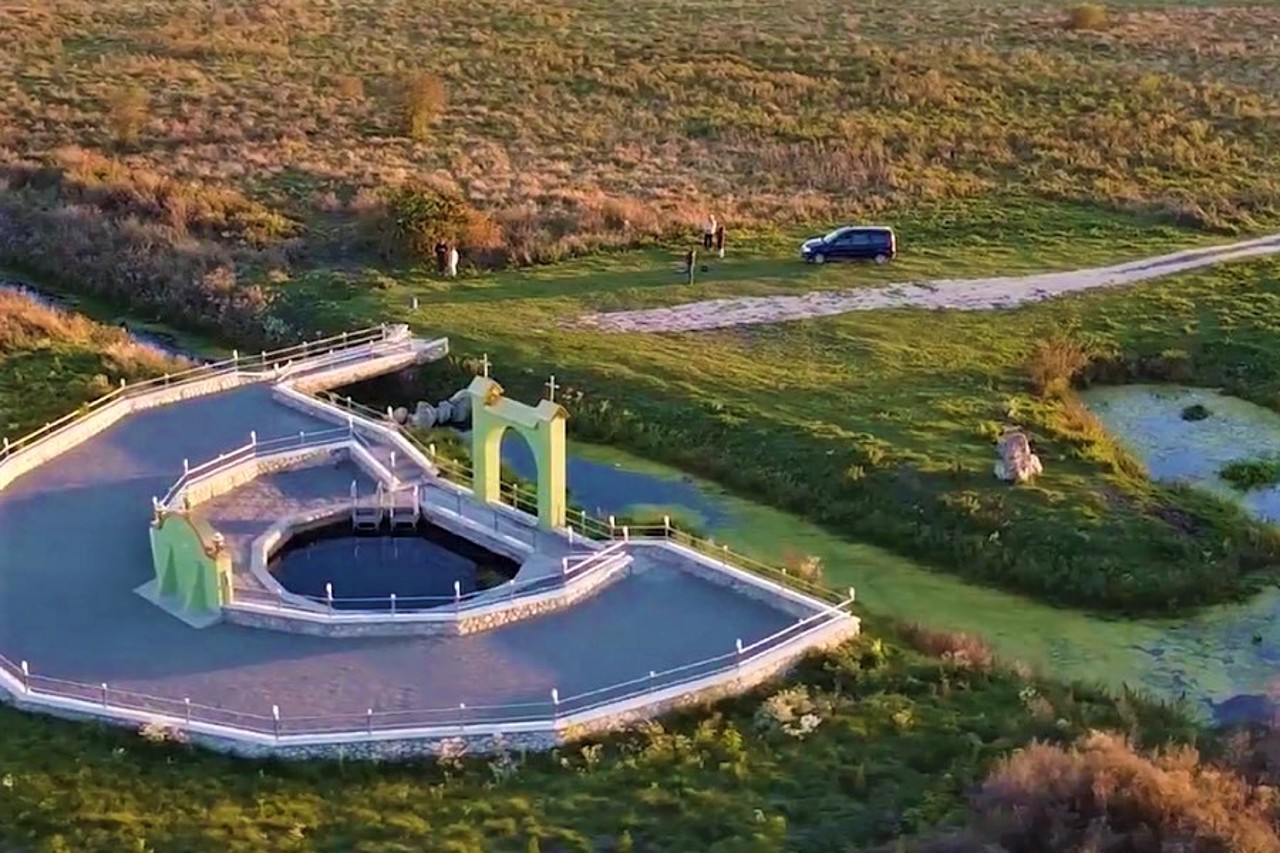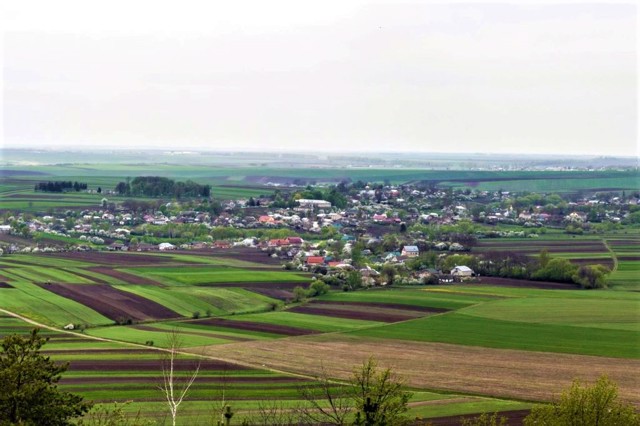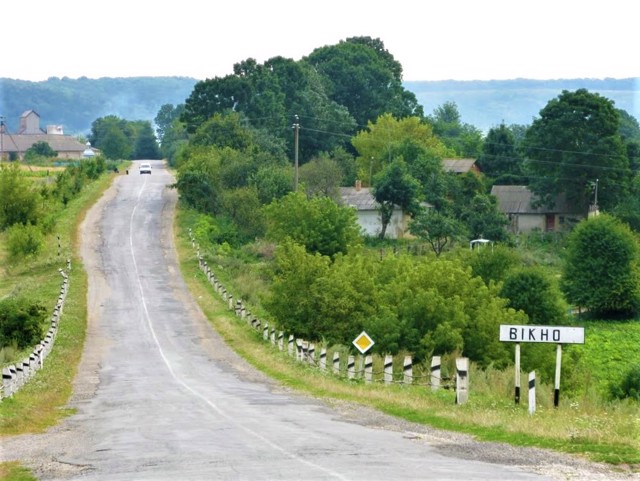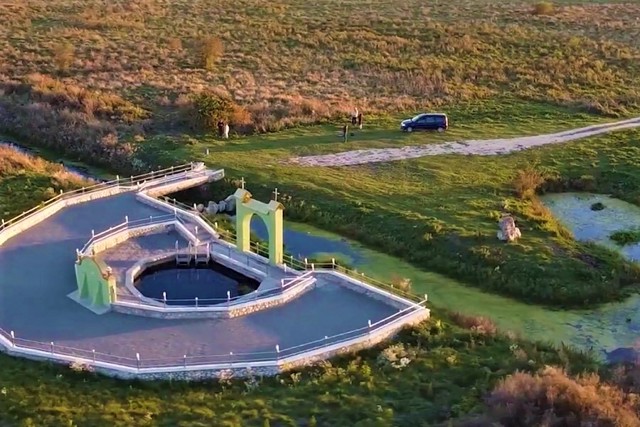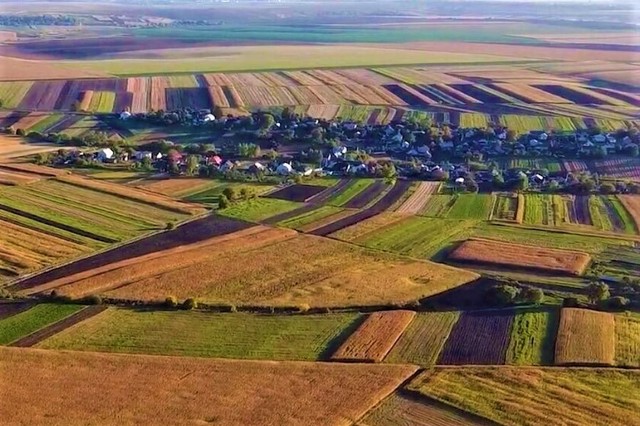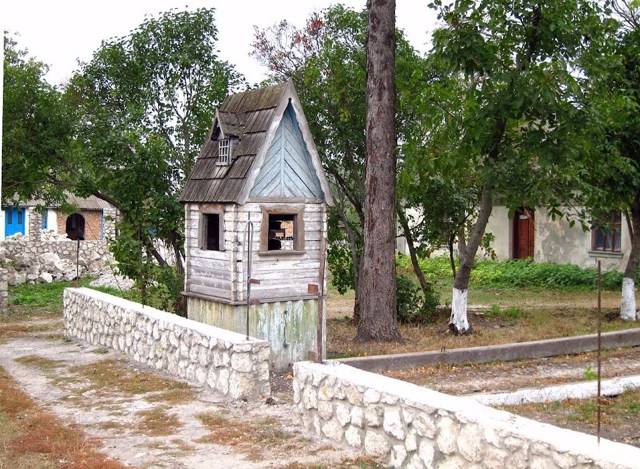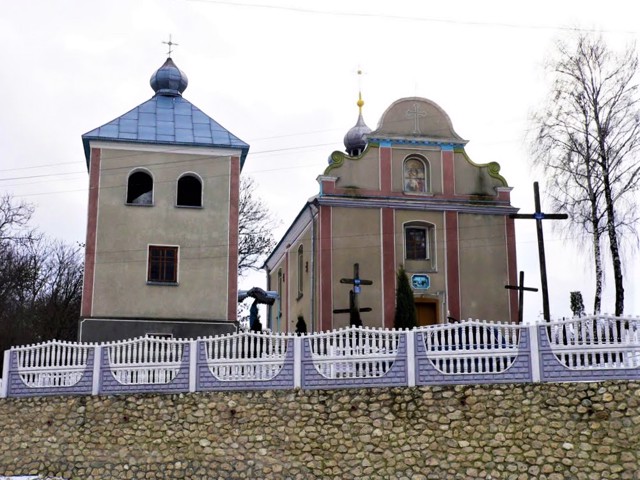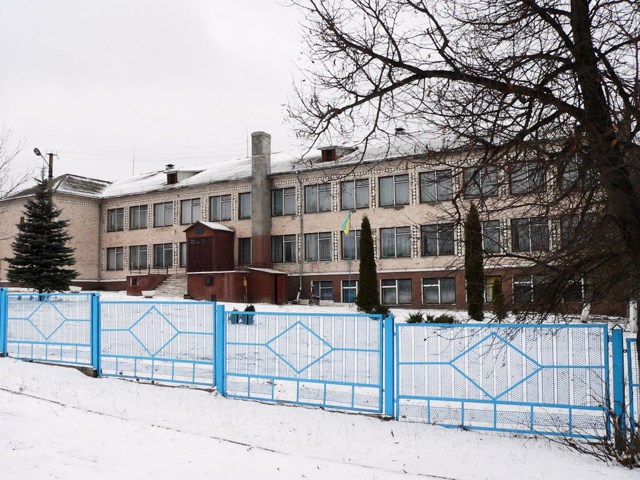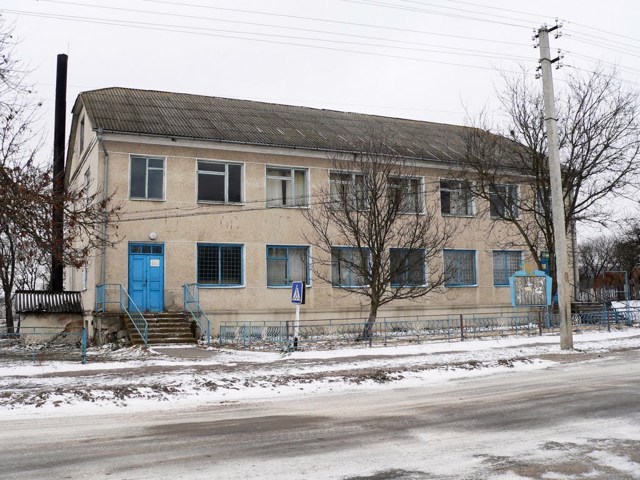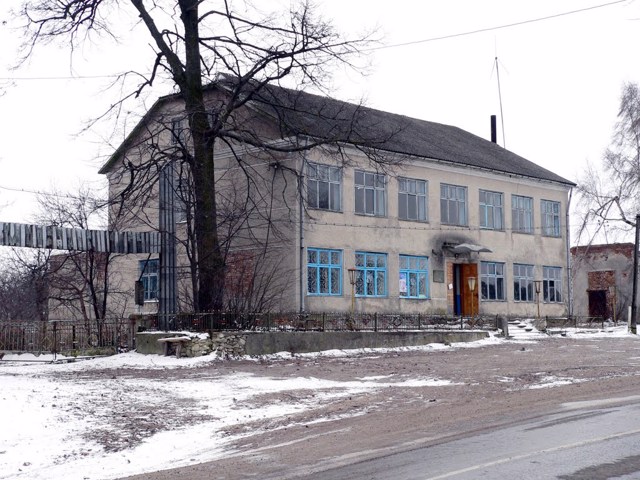Functional temporarily unavailable
General information about Vikno
The village of Vikno on the Hnilka River is located 40 kilometers north of Husiatyn, 45 kilometers southeast of Ternopil, between Skalat and Sataniv.
It was mentioned for the first time in 1464, although there was a settlement at this place earlier (the ancient Rus "Princely tract" passed here). The name comes from the karst lakes located here, which do not freeze and because of this they are called "Vikno". The "Viknyny Lakes" on the northern edge of the village, which is open for visitors, is a hydrological natural landmark of local importance in Ukraine.
At different times, the village belonged to the Senyavskyi, Czartoryiskyi, Lyubomyrskyi, and Fedorovych nobles.
The Church of the Assumption of the Blessed Virgin Mary (1726), anci ...
The village of Vikno on the Hnilka River is located 40 kilometers north of Husiatyn, 45 kilometers southeast of Ternopil, between Skalat and Sataniv.
It was mentioned for the first time in 1464, although there was a settlement at this place earlier (the ancient Rus "Princely tract" passed here). The name comes from the karst lakes located here, which do not freeze and because of this they are called "Vikno". The "Viknyny Lakes" on the northern edge of the village, which is open for visitors, is a hydrological natural landmark of local importance in Ukraine.
At different times, the village belonged to the Senyavskyi, Czartoryiskyi, Lyubomyrskyi, and Fedorovych nobles.
The Church of the Assumption of the Blessed Virgin Mary (1726), ancient statues of St. Anthony and the Blessed Virgin Mary, Cossack graves, and a monument commemorating the abolition of the lordship in 1848 have been preserved.
The village of Vikno is located on the territory of the "Medobory" nature reserve. To the northeast of the village, you can visit the Frank rocks, which are connected with the stay of the writer Ivan Franko in Vinko.
Село Вікно на річці Гнілка розташоване в 40 кілометрах на північ від Гусятина, в 45 кілометрах на південний схід від Тернополя, між Скалатом і Сатановом.
Вперше згадується в 1464 році, хоча поселення на цьому місці існувало і раніше (тут проходив давньоруський "Княжий тракт"). Назва походить від розташованих тут карстових озер, які не замерзають і через це їх називають "вікнами". Облаштовані для відвідування "Вікнинські озерця" на північній околиці села є гідрологічною пам'яткою природи місцевого значення.
В різний час село Вікно належало шляхтичам Сенявським, Чарторийським, Любомирським, Федоровичам (панська садиба згоріла у 1917 році).
Збереглася церква Успіння Пресвятої Богородиці (1726 рік), старовинні статуї Святого Антонія та Пре ...
Село Вікно на річці Гнілка розташоване в 40 кілометрах на північ від Гусятина, в 45 кілометрах на південний схід від Тернополя, між Скалатом і Сатановом.
Вперше згадується в 1464 році, хоча поселення на цьому місці існувало і раніше (тут проходив давньоруський "Княжий тракт"). Назва походить від розташованих тут карстових озер, які не замерзають і через це їх називають "вікнами". Облаштовані для відвідування "Вікнинські озерця" на північній околиці села є гідрологічною пам'яткою природи місцевого значення.
В різний час село Вікно належало шляхтичам Сенявським, Чарторийським, Любомирським, Федоровичам (панська садиба згоріла у 1917 році).
Збереглася церква Успіння Пресвятої Богородиці (1726 рік), старовинні статуї Святого Антонія та Пресвятої Богородиці, козацькі могили, пам'ятник на честь скасування панщини в 1848 році.
Село Вікно розташоване на території природного заповідника "Медобори". На північний схід від селаї можна відвідати Франкові скелі, які пов'язують із перебуванням у Вінкі письменника Івана Франка.
Сплануй своє перебування у Vikno
What to see and where to go in Vikno
Tourist attractions and museums of Vikno
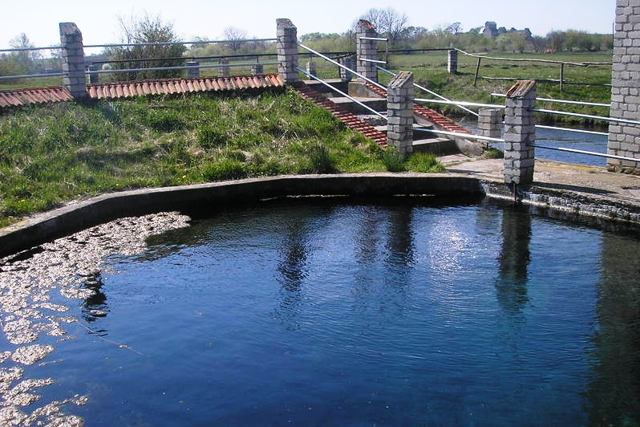
Karst lakes
Natural object
Near Podillya Tovtry, on the outskirts of the village of Vikno, there are karst lakes on a wide meadow, which are called "vikno" (windows) in these parts.
20 million years ago, waves of the warm Sarmatian Sea splashed here. From its underwater reef, giant side formations (tovtry) formed, and when the sea receded, hills several hundred meters high were formed. Now in the lowlands is a field where karst lakes were formed.
There used to be several dozen of them, then there were five, but after land reclamation in the 1980s, only two lakes remained: Sinye and Bezodnya. The lakes were formed in limestone cavities, the depth of which cannot be determined. Although the bottom of the lakes reaches four meters, the underground passages from where the powerful springs come are much deeper.
The water temperature in the lakes always remains at +12 degrees. The surface of the water in them is covered with algae, so during the day, depending on the lighting, the lakes change their color - from dark blue to blue and purple.
Karst lakes do not freeze in the strongest frosts and glow at night.
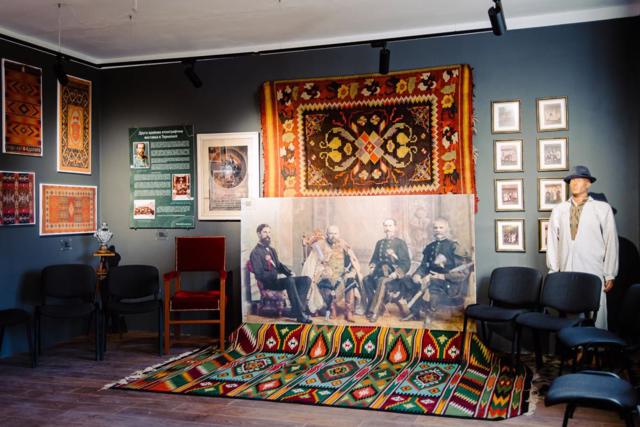
Volodyslav Fedorovych Museum
Museum / gallery
The Museum of Volodyslav Fedorovych was founded in 2007 as the Vikno Village History Museum. Located in the administrative building in the center of the village.
The updated exhibition opened in 2021. It is dedicated to the Ukrainian public and political figure and philanthropist Volodyslav Fedorovych, whose father Ivan Fedorovych was an heir from the village of Vikno in the 19th century. Having inherited the estate in Vikno, Volodyslav Fedorovych collected works of folk art in it, founded a school and carpet production.
In 1873-1874, the Ukrainian painter Kornylo Ustiyanovych lived and worked in the Vikon manor. Ivan Franko came to the estate at Fedorovych's invitation. You can learn more about this in the museum exposition, which is spread over five halls.
The central exhibits of the museum are a part of a carpet and a statuette of a parrot, which the villagers managed to save from a fire in the Fedorovych estate in 1917. Also presented are samples of the pottery school of the village of Tovste and copies of carpets woven in the village of Vikno. Ancient objects of peasant life are exhibited in the ethnographic hall.
The museum offers visitors both traditional tours and audio guides.
Reviews Vikno
Geographical information about Vikno
| {{itemKey}} | {{itemValue}} |
|---|---|
| Region |
Ternopil |

